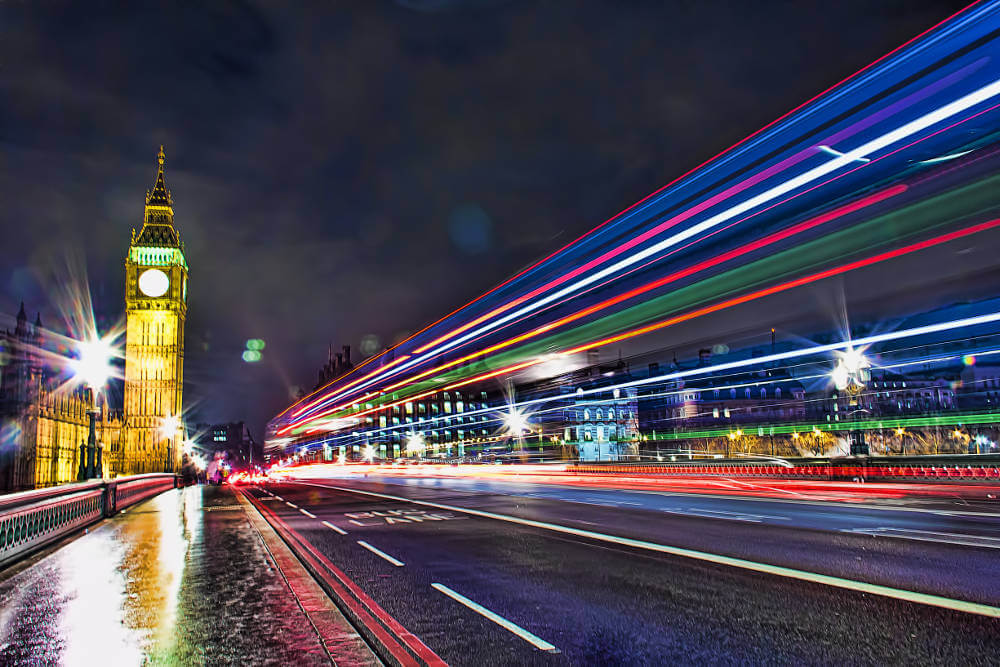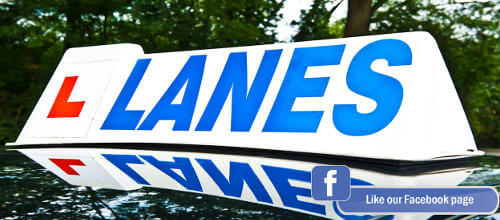
Driving in the city can be confusing and stressful. The city streets are riddled with intersections, one way streets and bus lanes. Traffic levels are very high and there are pedestrians everywhere.
Learning how to drive safely on city streets is very important. Studies have shown that 30% of collisions occur whilst driving in the city.
Before you drive into a city, you must prepare yourself for traffic jams and swarms of pedestrians and cyclists in every direction. Road observation and awareness of other road users is critical.
If possible you should avoid cities during rush hours. Rush hours occur during weekdays and are generally between 7am and 9am and between 4pm and 6pm. Rush hour traffic will not only delay your journey, it will cause you frustration, increase the risk of an accident, and could give rise to unnecessary confrontations with other drivers.
Driving in busy traffic
When driving in busy traffic, watch out for signals from other drivers at all times. If someone in front of you signals to indicate they wish to switch lanes, make sure they have seen you and give them space to manoeuvre. If you find yourself in a traffic jam, look out for pedestrians trying to cross the road in front of you and cyclists and motorcyclists riding alongside your vehicle.
Pedestrians
In city streets, pedestrians are a major hazard. There are many of them, they are very vulnerable, and they may not be aware of you or other vehicles. When you are turning into a new street, take a good look to make sure it is clear of pedestrians. Do not rely on pedestrians to notice you and stay out of your way. Be especially aware of older people with slower reactions.
Cyclists
Like pedestrians, cyclists are very vulnerable and will always come off worse if they are involved in a collision with a car. Before turning, make sure you look over your shoulder to check for cyclists or pedestrians. Cyclists do not always follow the rules, so watch out for cyclists on the wrong side of the road or running stop signs. Always maintain plenty of distance between your vehicle and passing cyclists.
One way streets
One way streets are used because they increase traffic flow and reduce vehicle and pedestrian collisions. Make sure you look at the one way road sign to check the direction of traffic. You will also see that all the cars on a one way street are parked facing the same way. Remember that on a one way street traffic can overtake on either side.
Bus and tram lanes
Many city and towns designate specific lanes for buses and trams. Look out for markings on the road setting out these lanes. Bus lanes may or may not be for the exclusive use of busses. Look out for road signs which will explain the times during which busses have exclusivity. Always give way to trams as they cannot be steered and cannot stop rapidly.
Call us today
At Lanes School of Driving we offer individually tailored intensive driving courses with one to one tuition. Our courses cover driving in the city and many other aspects of driving. We have both male and female instructors available.
Why not give us a call today on to find out more.

